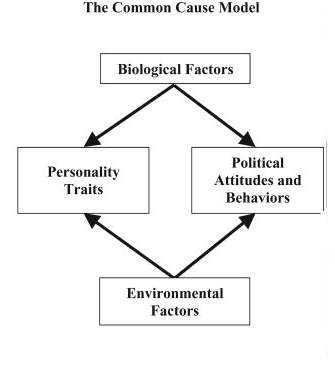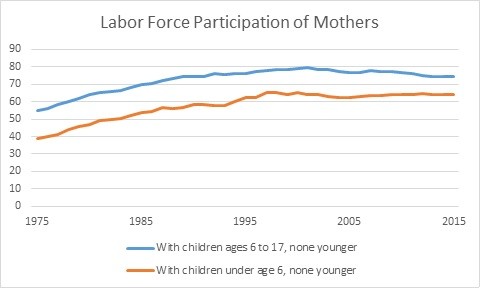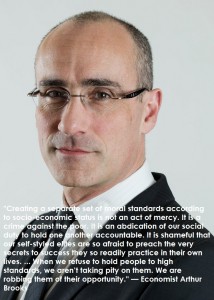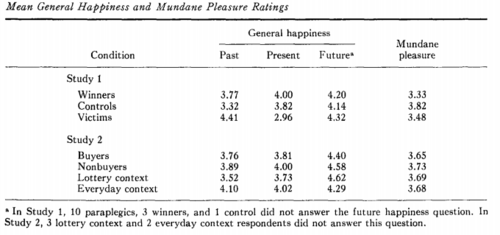If you’re thinking of going to college, or sending someone to college, it’s typical to wonder, is college worth it?
Well, according to a new website, these hot jobs may be, or maybe not.
— Accountant/Auditor
— General and Operations Manager
— Market Research Analyst and Marketing Specialist
— Registered Nurse
— Software Developer, Applications
— Computer Systems Analyst
— Construction Manager
— Cost Estimator
— Management Analyst
— Software Developer, Systems Software
What does it mean to be “hot”? Launch My Career Colorado doesn’t answer that question directly, but it does offer an interactive tool to determine the “Return on Investment” (ROI) for a college degree. The ROI isn’t measured as a percent return on the cost of college per se, but the difference between what an individual would make in his or her chosen industry over 20 years if armed with various degrees and certificates rather than merely a high school diploma.
A traditional four-year college education isn’t for everyone, and the state of Colorado makes clear that it has its own interests at heart as well as students’, boasting that the site “helps you see just how much continuing your education after high school might pay off for you, your family, and Colorado!”
But the state website does offer some useful tools. It allows people to enter the major, job, industry, and school they are interested in, and fires back the best schools for the major, or conversely, the best majors for the school.
It also lists how much people make in hot jobs, and what are the top skills that employers in Colorado are seeking from employees.
Economist Mark Perry points out some other interesting findings, including that jobs like petroleum engineering have a large ROI while careers in women’s studies do not. He notes that some of the best ROIs aren’t earned in degrees received at four-year institutions.
Interestingly, Perry also notes that the average graduating student in the Class of 2016 walks away from college with a $37,172 debt. This is even more relevant considering that Cleveland Cavalier LeBron James last year pledged $41 million to send 1,100 kids to his alma mater, the University of Akron in Ohio. He’s giving each student nearly $9,500 per year. That’s $37,273 per student to finish a four-year education at Akron.
So clearly, Akron is par for the course. But as Perry points out, students at UC-Boulder, Colorado’s flagship public university, pay nearly $100,000 for tuition, fees, textbooks, and room and board over the four and a half to five years it takes them to earn their degrees.
That makes looking at the website all that more critical.
The site is only exclusive to Colorado schools right now, but being partly funded by the US Chamber of Commerce, it will be expanded to 12 other states. At the very least, the chamber recognizes that the value of an education lies not in whether a student attends a four-year school, but whether education gets students to where they need to be in their lives, whether via a four-year accounting degree or a two-year emergency medical technician training program, or something else that will pay off in the long-run.
Most importantly, the site points out that better education not only helps a person land more income, but “people who continue their education after high school report better health and more involvement in their community than those who don’t.”
And that’s probably the most valuable takeaway of continuing education.







 ut happiness is fleeting. How can we find it and keep it alive?
ut happiness is fleeting. How can we find it and keep it alive?




